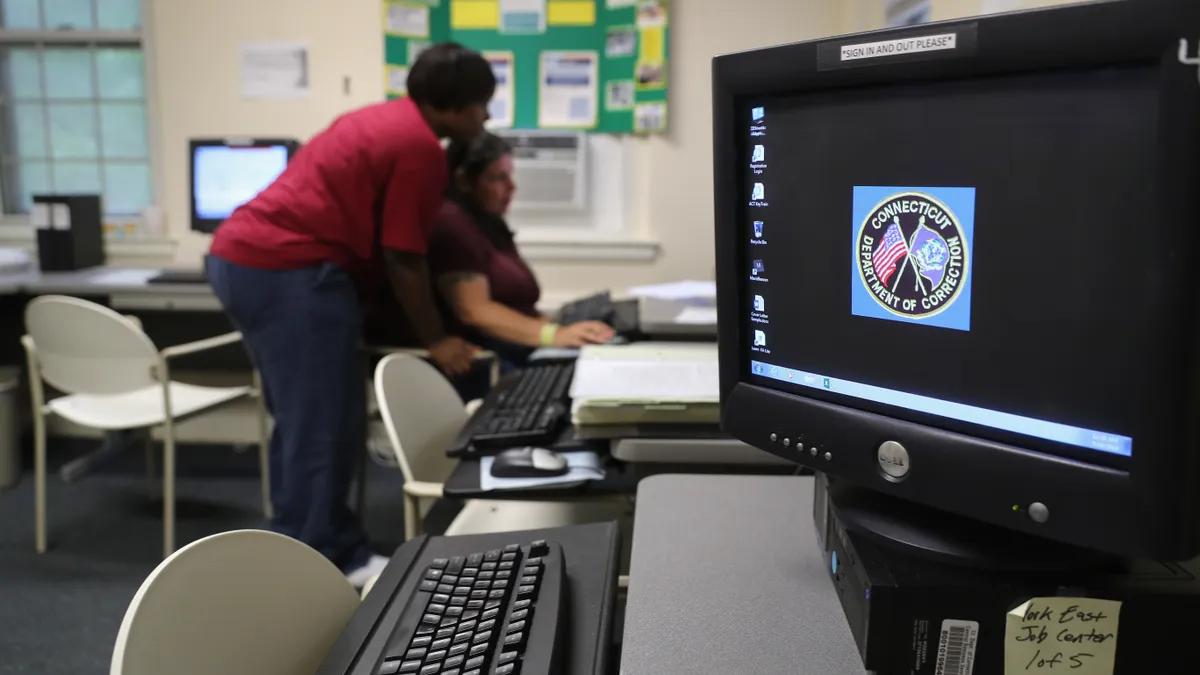Dive Brief:
- Colleges interested in providing prison education programs need to adapt their financial aid practices to best serve incarcerated students, according to a new report from the National Association of Student Financial Aid Administrators.
- It's crucial that colleges take a proactive approach to communicating with students in prison, as advisors can’t check in as casually as they can with the rest of the student body, according to the report.
- Colleges should ensure they have a sufficient number of well-trained staff, especially financial aid advisors, who understand the nuances of working with the incarcerated students.
Dive Insight:
Federal Pell Grants, which typically help low-income students pay for college, had been broadly unavailable to people in prison under a 1994 law. But since 2015, the Second Chance Pell pilot program has allowed incarcerated people to receive Pell Grants to fund their education at a limited number of colleges.
The widespread ban was repealed in 2020 legislation, and beginning July 1, the U.S. Department of Education will allow incarcerated students enrolled in eligible prison education programs to receive Pell Grants to cover up to the cost of attendance.
In anticipation of this change, NASFAA organized a working group of educators familiar with the Second Chance Pell pilot to create recommendations for colleges, lawmakers and the Education Department.
Colleges should adapt their standard cost of attendance calculations for incarcerated students when establishing the prison education program, NASFAA said. Any fees that cover resources unavailable to or unnecessary for students in prison, like health insurance or student activities, should be removed from their billing.
The cost of course materials should be included and simplified. Incarcerated students have limited purchasing options for needs like textbooks and aren't able to receive credit balances, or money back to spend on educational expenses, from Title IV aid.
If colleges don't include charges for materials in their cost of attendance, incarcerated students can lose out twice. They could receive less Pell funding initially and be unable to pay for books and supplies that would typically be covered.
College leaders should also offer assistance at each step of the application and financial aid process, according to the NASFAA report — even steps that traditional students would have no problems completing independently.
For example, the majority of incarcerated people who fill out the Free Application for Federal Student Aid don't receive a copy of their Student Aid Report, according to NASFAA. This leaves them in the dark about what resources they have access to and the practicality of attending college. College advisors should proactively contact prospective students in prison and give them information about their financial aid eligibility.
The report also recommends that the Office of Federal Student Aid simplify the FAFSA application process used by prisons and allow financial aid advisors to print students' Student Aid Report.














